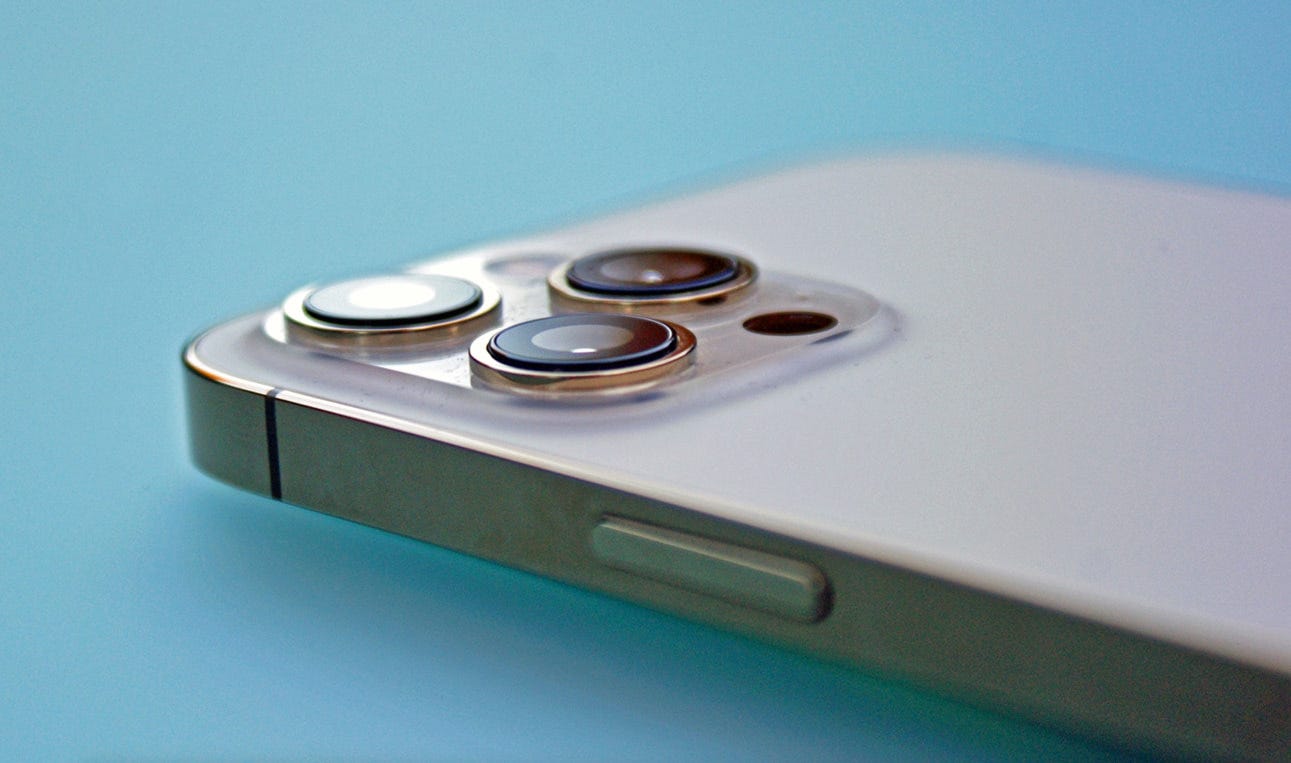Sorry: The iPhone 13 probably won’t connect to satellites
The good news is that mainstream phones, including the iPhone 13, are going to have much better connectivity.
A smartphone connectivity revolution may be upon us, and I’m not talking about 5G.
In fact, 5G is a bit of a mirage — or, at least, it doesn’t offer what the public thinks it does. If you buy a 5G-enabled phone, it won’t connect to 5G networks unless you find yourself in a rare urban space within range of a 5G base station without the obstructions that limit its access. And even if you are within range, your phone won’t kick over to 5G mode unless you’re doing something super intense. Also: For some people using some carriers in some circumstances, available 4G is actually faster than 5G.
It’s complicated. But the bottom line is that for most users, 99% of the time they spend on their 5G phone will take place over 4G networks.
Satellite connectivity is a bit of a mirage, too. The worst thing about satellite phones is the very high price of a satellite account, and the high price of phone calls and other services. The other downside is that you can’t use satellite phones indoors. So hardly anyone has a satellite phone or mobile satellite service. It’s just not practical for most people.
But the big news that hit today: Apple’s next iPhone could actually be a satellite phone.
Ming-Chi Kuo, who has a solid track record of predicting Apple products and features, said recently in a letter to investors that Apple’s iPhone 13 (expected next month) will support satellite connectivity.
Here’s what’s really going on.
Kuo is pointing out that the phone will contain a custom Qualcomm Snapdragon X60 5G modem and RF system that he says supports low-Earth orbit (LEO) connectivity.
The idea of the Snapdragon X60 is not that it’s all about satellite communication, specifically. What’s amazing is that it’s the first ever 5G modem and RF system to support all major frequency bands and their combinations.
Still, good journalism on this topic revealed years ago that Apple has been aggressively pursuing direct-to-satellite connectivity for at least four years.
Still, I don’t think Apple is there yet. Not even close.
To be clear, even Kuo is not arguing forcefully for the idea that iPhones will definitely offer satellite connectivity. He said that the iPhone 13 WILL have the Qualcomm hardware and so Apple MAY choose to support LEO connectivity with software which COULD enable users to connect via satellite.
My own prediction is that Apple will announce and sell the iPhone 13 without even mentioning satellite connectivity.
In order to offer something like this at launch, Apple would need beta-tested software and carrier deals in place, as well as marketing plans for how to price and offer the service. As Kuo said, carriers like AT&T, Verizon and T-Mobile would probably partner with satellite providers, most likely Globalstar, to offer satellite connectivity in the mobile plans they offer customers, according to Kuo.
If all this was happening, we probably would have heard about it.
Satellite connectivity in the iPhone 13 is very, very unlikely. And even if that were going to happen, you wouldn’t want it anyway.
It would have been a pay-as-you-go service costing a few dollars per minute. Once a year, you might need to use it in an emergency or for an urgent call, but it would cost you a fortune.
What’s likely is that the iPhone 13 will get better 4G and 5G connectivity by the addition of a radio band that used to be utilized for satellite connectivity but which is now available for terrestrial connectivity.
The new Qualcomm part coming in the iPhone 13 and the generation after that coming for other smartphones should greatly improve ordinary, everyday connectivity for phones.
And that’s way better for most people than a new satellite connection, or even 5G. Boring… but better.
UPDATE: My friend Mark Gurman, reporting for Bloomberg, reported that Apple is in fact working on limited emergency-only messaging via satellite. The feature may or may not show up in future iPhones, but almost certainly not the iPhone 13 — and it’s not clear even that the iPhone 13 would be physically capable of that feat.
Apple’s possible future feature, called Emergency Message via Satellite, would enable iPhone users to text emergency services even without a cell connection. The initiative is code named Stewie internally at Apple.
A second feature would be an app or a feature of messages that would enable the sending of an SOS message to the phone user’s emergency contact.




